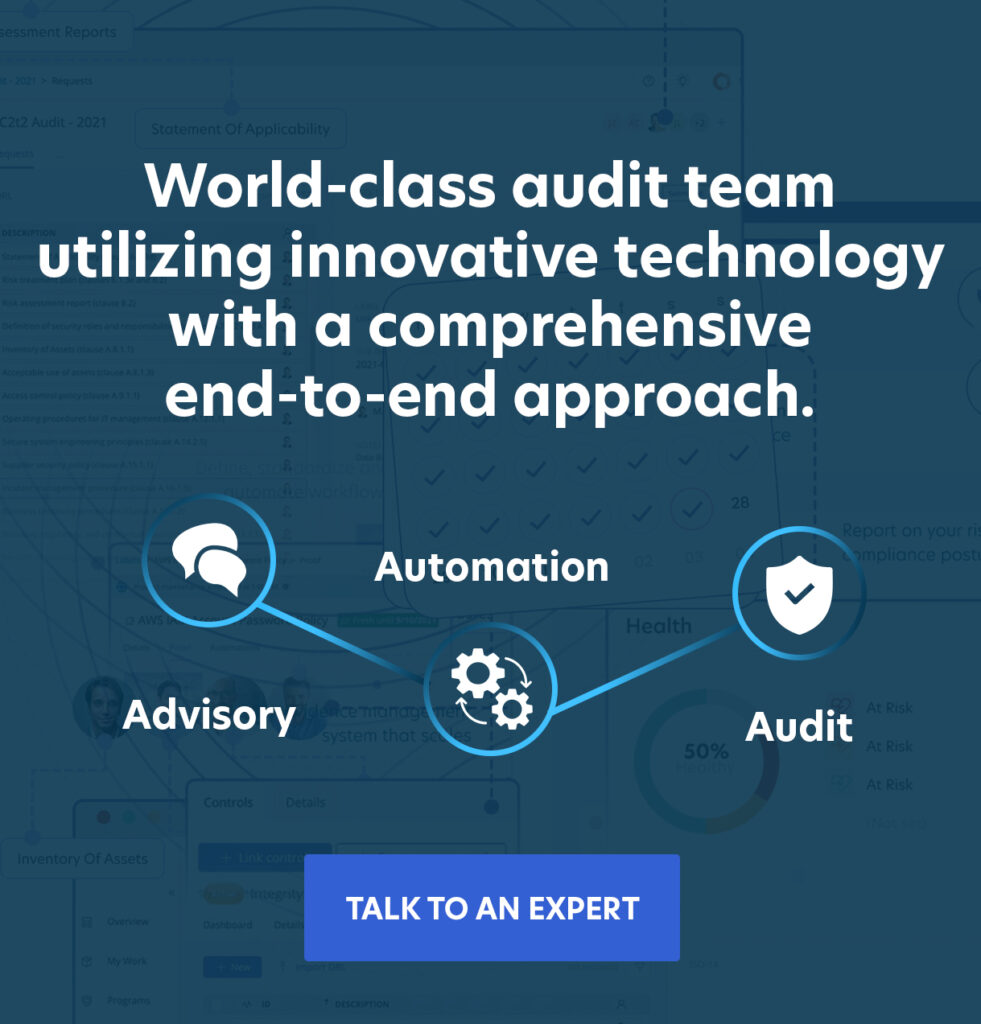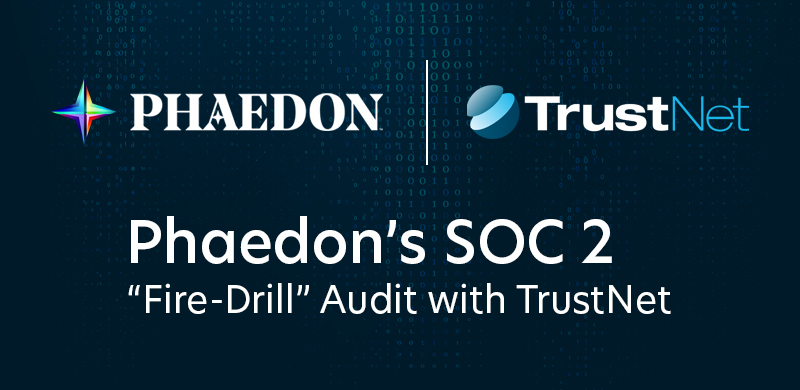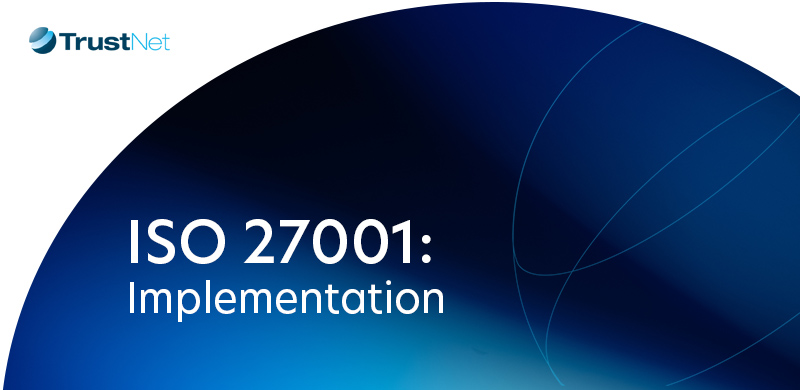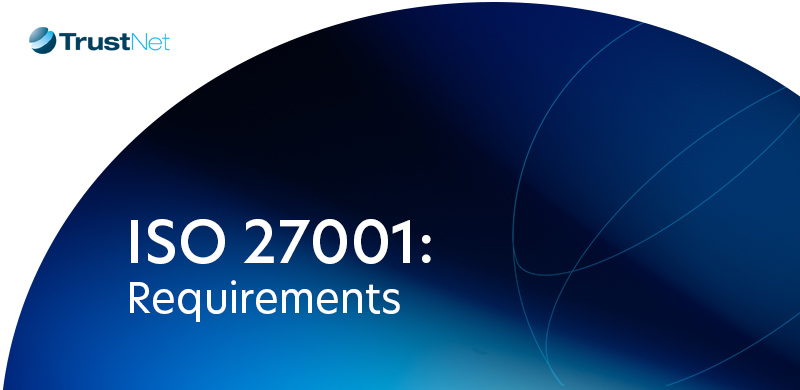The Role of Managed Detection and Response (MDR) in Modern Cybersecurity

TL;DR
Cyber threats are becoming faster, more targeted, and sophisticated, outpacing traditional security tools. Managed Detection and Response (MDR) fills this gap with proactive threat hunting, 24/7 monitoring, and expert-led incident response. MDR goes beyond alerts to identify and contain threats before they harm your business.
Choosing the right MDR provider means securing advanced technology combined with skilled analysts to deliver fast, cost-effective protection and continuous improvement.
Cyber threats are no longer random or opportunistic. They are fast, targeted, and highly sophisticated. Traditional security tools like firewalls, antivirus software, and even SIEM platforms struggle to keep up. Many of them only detect threats after the damage is done.
Managed Detection and Response (MDR) offers a smarter solution. It delivers proactive threat detection, continuous monitoring, and expert-driven incident response. MDR cybersecurity goes beyond basic alerts. It helps identify, analyze, and contain threats before they impact your business.
In this article, you’ll learn:
-
- What MDR is and how it works
- The key components of MDR services
- Why MDR is essential for modern threat defense
- How MDR providers operate and respond to threats
- What to look for when choosing an MDR provider
- How MDR pricing and subscriptions typically work
If your security strategy is reactive or outdated, MDR can help you close the gap and stay ahead of modern threats.
What is Managed Detection and Response (MDR)?
MDR is a cybersecurity service that combines advanced threat detection technologies with 24/7 monitoring and human-led incident response. MDR providers deliver real-time visibility, active threat hunting, and rapid containment of cyber attacks, helping organizations detect and respond to threats before damage occurs.
Unlike traditional Managed Security Service Providers (MSSPs), which often rely on alerting and basic log monitoring, MDR services go deeper. They don’t just notify. They investigate, analyze, and take action.
MDR focuses on three core outcomes:
-
- Proactive threat hunting using behavioral analytics and threat intelligence
- Root cause analysis to understand how threats originated and spread
- Human-driven response to contain, remediate, and report incidents fast
MDR fills the gap between automated security tools and the growing sophistication of today’s threats.
See MDR in Action. TrustNet’s MDR solution delivers 24/7 threat detection, rapid response, and real-time visibility.
Core Components of MDR Services
The following components form the foundation of effective MDR security:
1. Threat Detection
MDR services leverage real-time analytics, machine learning, and threat intelligence to identify suspicious behavior across your environment. This forms the foundation for proactive threat management.
2. Threat Hunting
Security analysts proactively search for hidden or advanced threats that evade automated tools. They use behavioral analytics, threat intelligence, and forensic data to uncover malicious activity before it causes damage.
3. Threat Investigation and Analysis
Once a potential threat is identified, analysts dig deeper using context-rich data to understand scope, tactics, and potential impact, informing precise and effective responses.
4. Threat Containment and Response
When an attack is confirmed, MDR teams act fast to contain, eradicate, and remediate threats with minimal disruption. Speed and precision are key to limiting business impact.
5. 24/7 Monitoring (Endpoint Detection and Response
Managed EDR tools continuously monitor endpoints (laptops, servers, mobile devices), detect anomalies, and support rapid remediation. Around-the-clock surveillance ensures threats are identified in real time.
6. Comprehensive Reporting
Regular reports provide visibility into detected threats, response actions, and improvements in your security posture. These insights empower stakeholders to make informed, strategic decisions.
7. Seamless Integration
Effective MDR services integrate smoothly with your existing security stack, including tools such as Network Security and Firewalls, Cloud Security Platforms, Intrusion Detection and Prevention Systems (IDS/IPS), Identity and Access Management (IAM) solutions, and Security Information and Event Management (SIEM) platforms. This interoperability ensures rapid deployment, minimizes disruption, and enhances visibility across your security ecosystem.
Together, these core components help organizations detect, respond to, and recover from threats faster and with greater precision.
Key Benefits of MDR in Modern Cybersecurity
The main benefits of MDR include:
— 24/7 Monitoring and Response
MDR services provide continuous surveillance, reducing the time attackers stay undetected and limiting damage.
— Expertise on Demand
Gain instant access to skilled analysts and threat hunters. MDR lets you leverage top cybersecurity talent without hiring internally.
— Reduced Alert Fatigue
MDR filters and prioritizes security alerts, so your team focuses only on genuine threats, improving efficiency.
— Faster Detection and Remediation
Rapid identification and response shorten downtime and reduce data loss, keeping your business operations secure.
— Cost-Effective Security
MDR offers scalable protection without the high costs of building and maintaining a full in-house Security Operations Center (SOC).
— Improved Compliance
Robust monitoring and detailed reporting help meet regulatory requirements such as GDPR, PCI DSS, HIPAA, and others, simplifying audits and streamlining compliance efforts.
Choosing MDR security strengthens your defenses with expert-driven, efficient, and cost-effective solutions tailored for today’s complex threat landscape.
How MDR Works: Process and Workflow
MDR managed detection and response services combine automation with expert analysis to provide comprehensive threat management. The workflow includes:
-
- Data Collection
MDR platforms collect telemetry from a wide range of sources—including endpoints, networks, cloud infrastructure, and log repositories—to create a unified security view. - Detection and Correlation
Advanced analytics and correlation engines analyze collected data to identify suspicious activity across different environments and connect related events for context-rich detection. - Prioritization
Automated tools and expert analysts triage and prioritize alerts, filtering noise to focus on the most critical threats that require immediate attention. - Proactive Threat Hunting
Security experts continuously search for stealthy, emerging, or sophisticated threats that evade automated detection, using threat intelligence and behavioral analytics. - Response
MDR teams act swiftly to contain and remediate threats in close coordination with your internal security teams, minimizing disruption and damage. - Root Cause Analysis
After an incident, detailed forensic reviews uncover how the attack occurred, enabling precise remediation and helping prevent recurrence. - Continuous Improvement
MDR providers deliver regular assessments, rule updates, and recommendations to adapt defenses to the evolving threat landscape and compliance needs.
- Data Collection
This structured process allows MDR services to deliver fast, effective protection while continuously enhancing your security posture.
Comparing MDR Providers: What to Look For
Choosing the right MDR provider can make or break your cybersecurity strategy. Here’s what savvy security leaders prioritize when evaluating managed detection and response providers:
— True 24x7x365 Coverage
Cyber threats don’t follow business hours. Look for providers that guarantee nonstop monitoring and rapid response to protect your organization at all times.
— Advanced Threat Detection That Works
Your MDR partner must identify both known and emerging threats. Prioritize providers with strong EDR, XDR, and SIEM integration to catch sophisticated attacks before they cause damage.
— Seamless Integration with Your Existing Tools
Avoid disruptions. The best MDR services integrate easily with your current security stack and workflows, empowering your team instead of complicating operations.
— Clear, Transparent Pricing
Budgeting matters. Ensure the pricing model is straightforward, with no hidden fees, so you know exactly what you’re paying for.
— Actionable Reporting and Open Communication
You need real-time insights and clear, concise reports that help you make informed decisions quickly. Look for providers who keep you in the loop with meaningful updates.
— Flexible, Scalable Solutions
Your security needs to evolve. Choose an MDR service that can scale with your business and offer customizable plans that fit your unique requirements.
Make these priorities your checklist. Partnering with the right MDR provider means gaining peace of mind and a proactive defense that keeps your business safe and compliant.
MDR Pricing and Subscription Models
Understanding MDR pricing helps you budget effectively and choose the best service for your business.
Common Pricing Models:
-
- Per endpoint/node: Pay based on the number of devices covered.
- Tiered packages: Different levels of service with increasing features.
- All-in-one vs. add-ons: Some providers offer complete bundles, while others charge extra for specific services.
Cost Drivers:
-
-
- Organization size and complexity
- Number of endpoints to protect
- Required service levels and response times
- Existing technology stack and integrations
-
What to Look For:
-
- Transparent Pricing – No hidden fees; clear, upfront cost structure
- Service Clarity – Well-defined services with descriptions tied directly to pricing
- Scalability – Flexible plans that adapt as your business grows
- 24x7x365 Monitoring and Rapid Response – Around-the-clock coverage to detect and respond to threats in real time
Request detailed quotes and compare providers based on value and security outcomes, not just price. This ensures you get comprehensive MDR protection that fits your budget and risk profile.
Partner with TrustNet for Unmatched MDR Protection
TrustNet’s GhostWatch Managed Security service empowers your team with elite analysts and machine-scale detection tools designed for rapid, precise threat identification and response.
Unlike traditional MSSPs, TrustNet combines AI-driven analytics with expert human insight to deliver end-to-end threat management. Our 24/7 monitoring, proactive threat hunting, and swift containment keep your organization secure without the cost and complexity of building an in-house SOC.
Strengthen your defenses and get comprehensive MDR protection tailored to your needs. Schedule a Demo today.
Subscribe to the TrustNet Newsletter
actionable cybersecurity strategies, and TrustNet’s cutting-edge solutions.




